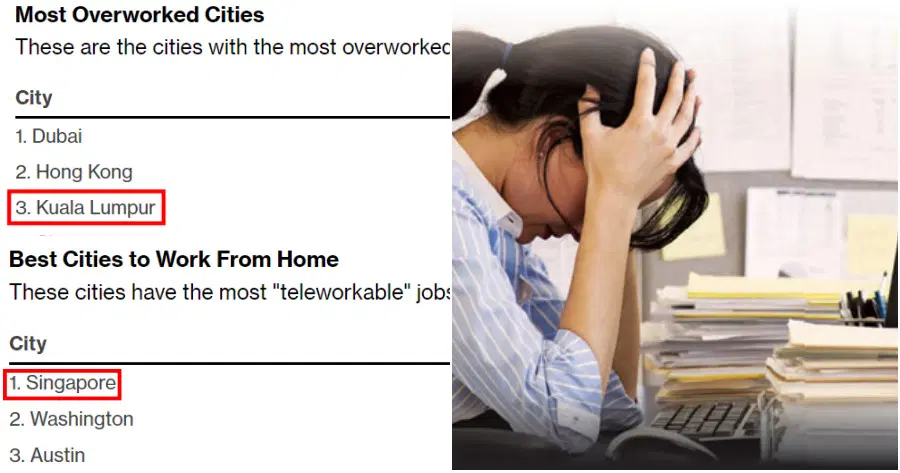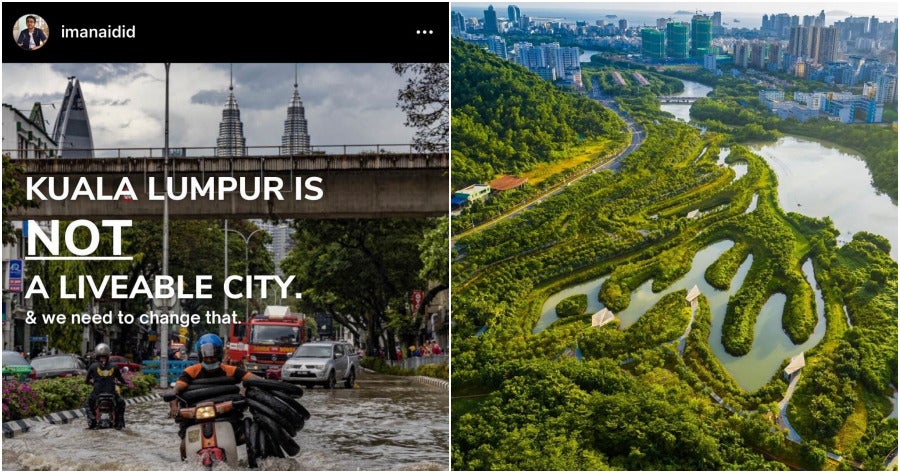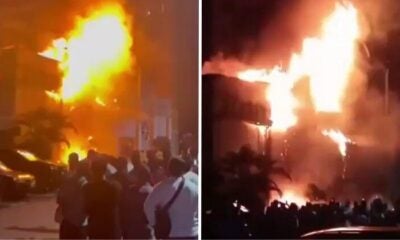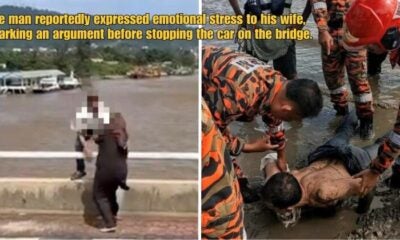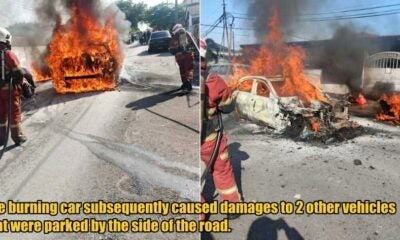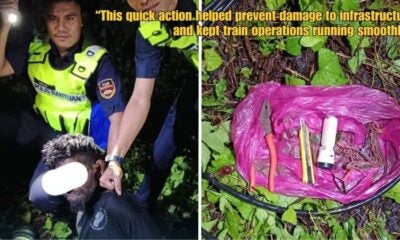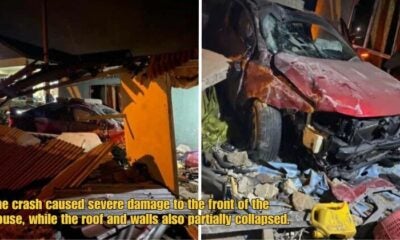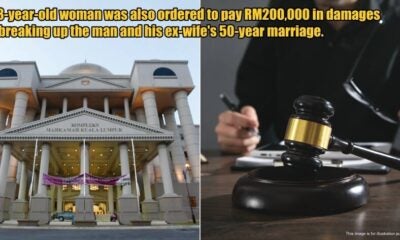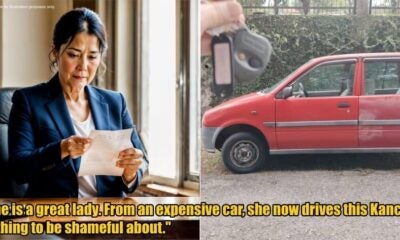From fancy high rises to hipster neighbourhood coffee shops, it is easy to glamourise life in KL. However, amidst all the glitz and glamour, how do we actually live in this city?
Has the weather been getting warmer? Are you spending more time in your car due to traffic?
Drawing on what we have been experiencing over the past few months such as flash floods, worsening traffic congestion, a defective public transportation system and more, a Malaysian student has taken to Instagram to share his thoughts on why KL is not a liveable city and what we have to do to change that.
According to Iman, a liveable city is robust, accessible and sustainable. Green and public spaces should be abundant and accessible, public transportation as well as road systems should be efficient, healthcare should be available and most importantly, all of the above must be affordable.
Why KL is not a liveable city
In his post, Iman shared why he thinks KL is not a liveable city based on 5 major points.
1. A 3rd flood this year
On May 25, a downpour which started at 11am caused a flood which blocked several major roads in Kuala Lumpur.
This was the 3rd time KL has flooded this year, following the last 2 times which happened on 7 March and 25 April.
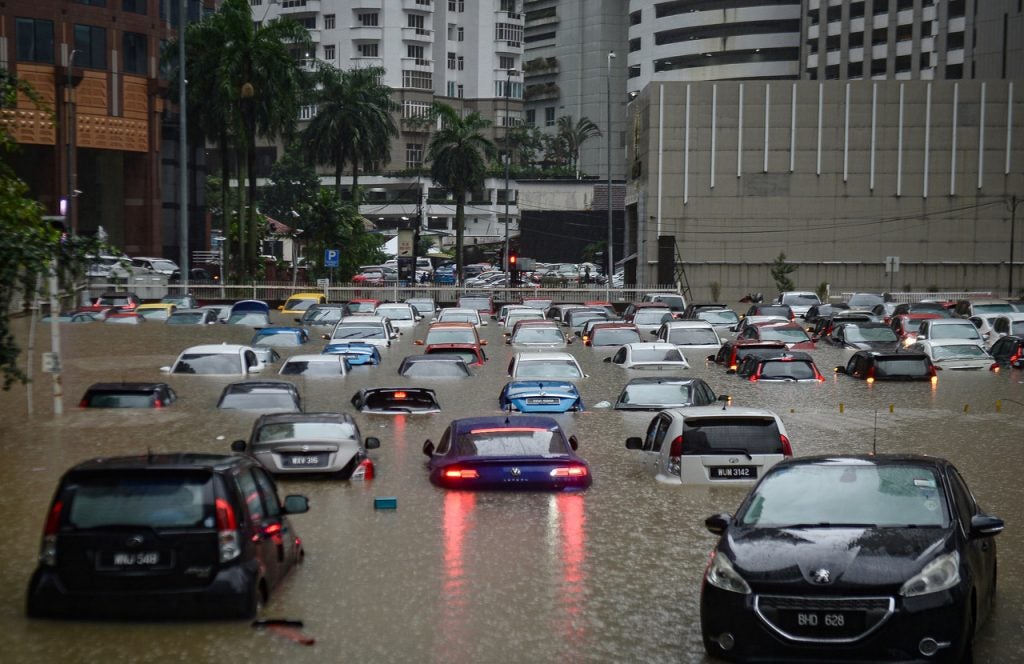
2. Worsening traffic
In his 2nd point, Iman said that traffic data showed that traffic congestion in KL is now worse than pre-pandemic levels as people are returning to their offices and in-person school is resuming.
3. Inconvenient public transportation
“Klang Valley, like many of its neighbouring Southeast Asian megacities, was designed for private vehicles.”
This has lead to major first and last mile connectivity issues.
Additionally, “LRT disruptions and crowdedness are becoming frequent too”.
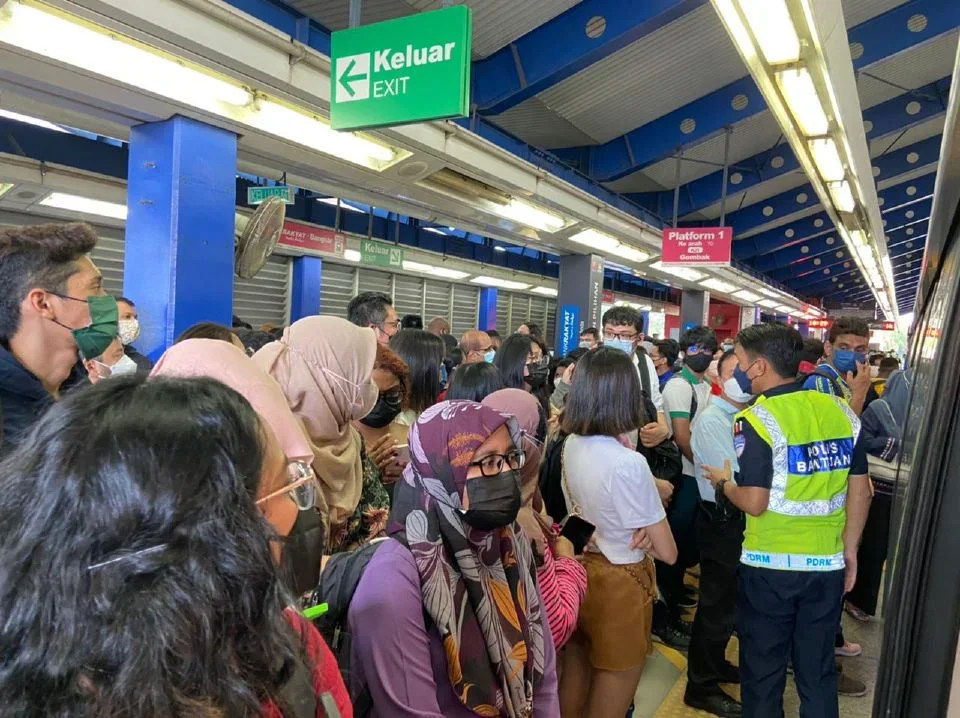
4. Urban ecosystems at risk
According to Iman, Bukit Persekutuan, which is supposed to be the ‘green pulse’ of the capital, has at least 3 development projects lined-up.
Retention ponds which are crucial in the city’s defence against intense rainfall and floods are also being developed as residential areas.
5. Less than ideal public housing
A lack of balconies and green spaces in government flats show the lack of emphasis on mental health as these features can allow occupants to obtain relief by enjoying the outdoors.
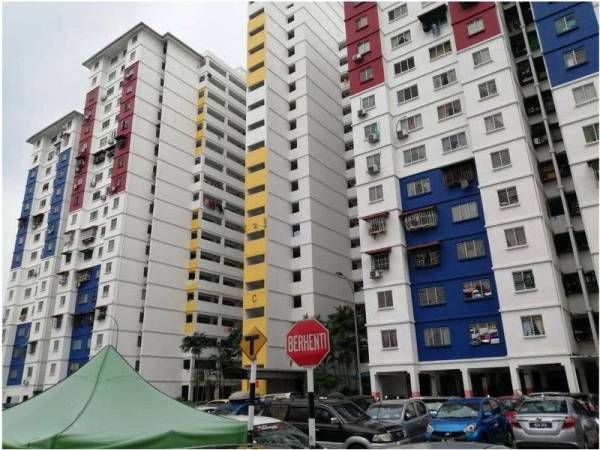
What we should do
The issue of KL being unliveable is complex and multifaceted, which also extends to its solutions.
Nonetheless, one thing that we should NOT do is to build more highways. They will not alleviate traffic congestion as more roads will just mean more cars, a concept known as ‘induced demand’.
In his point, Iman quoted what transport consultant, Rosli Azad Khan said which was that the government should “resolve issues with the public transportation system such as the first and last mile connectivity issues before considering the construction of new ones”.
“We need nature-based solutions and not concrete, grey answers.”

Instead, what Malaysia needs now is more sponge cities, which are urban areas with an abundance of natural areas such as trees, lakes and parks.
Iman explains that “wetlands systems can act to retain rainwater and… lush vegetations let floodwater flow naturally“.
Some organisations focused on liveable cities that you can support are TRANSIT Malaysia, Free Tree Society and Liveable Malaysia.
To check out the full list and for more similar information in the future, you can follow Iman on his Instagram and Twitter accounts.
What do you think makes KL liveable or not liveable? Let us know in the comments!
Also read: KL Ranked 3rd Most Overworked City in The World, Singapore Ranked Best City To WFH
